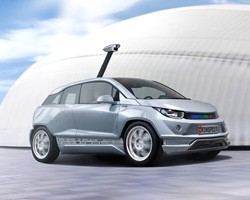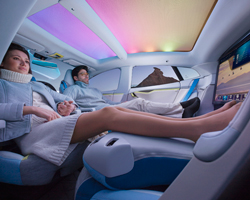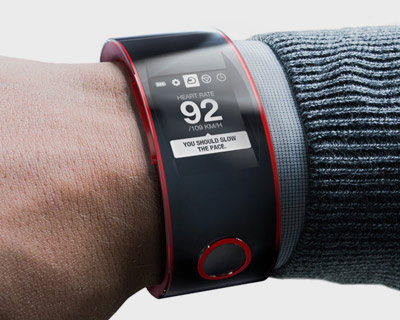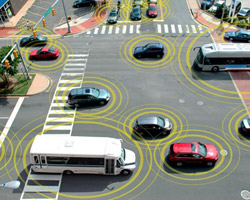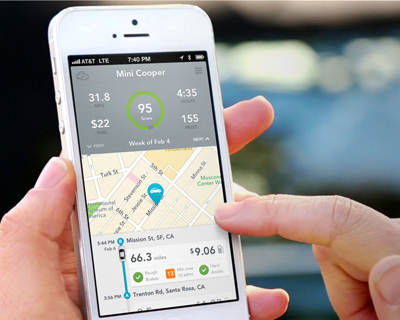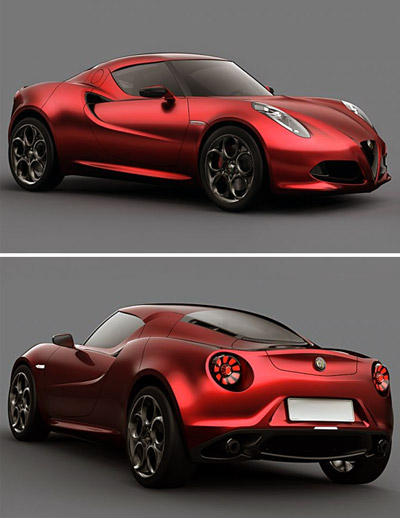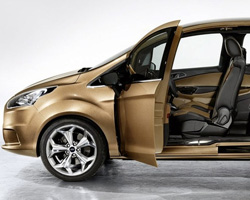KEEP UP WITH OUR DAILY AND WEEKLY NEWSLETTERS
explore the series of high-tech toys and devices designed with modern features for adults.
its external body features abstract semi-circles in white and gray over a warm gray base, subtly evoking the ripples and waves of flowing water.
connections: +430
designboom interviews chief design officer gorden wagener to discuss the ‘frunk’, AI agents that detect the driver’s moods, and more.
a real-life model of the two-wheeler appears at honda welcome plaza aoyama in tokyo, japan in march 2025.
connections: +550

 full profile view
full profile view front view
front view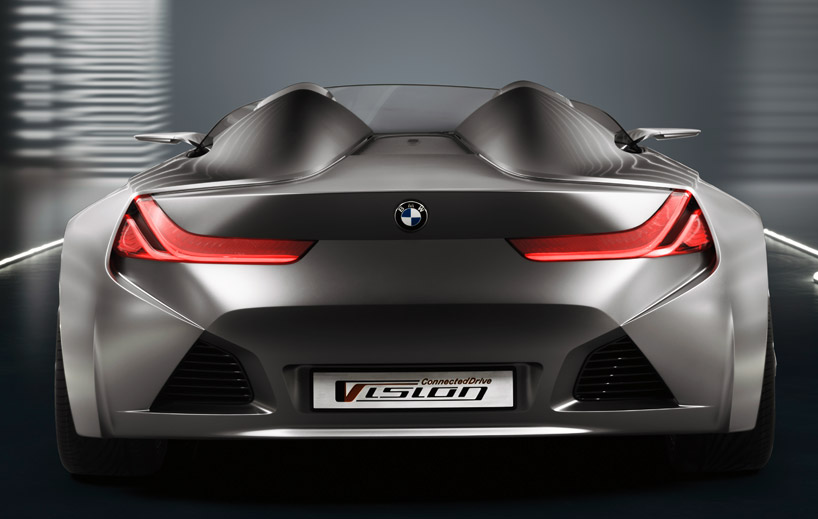 back view
back view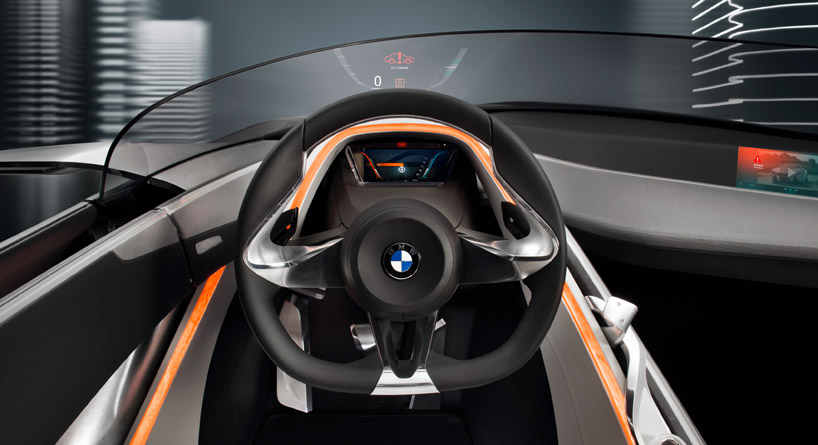 the windscreen in front of the driver’s seat doubles as an information panel
the windscreen in front of the driver’s seat doubles as an information panel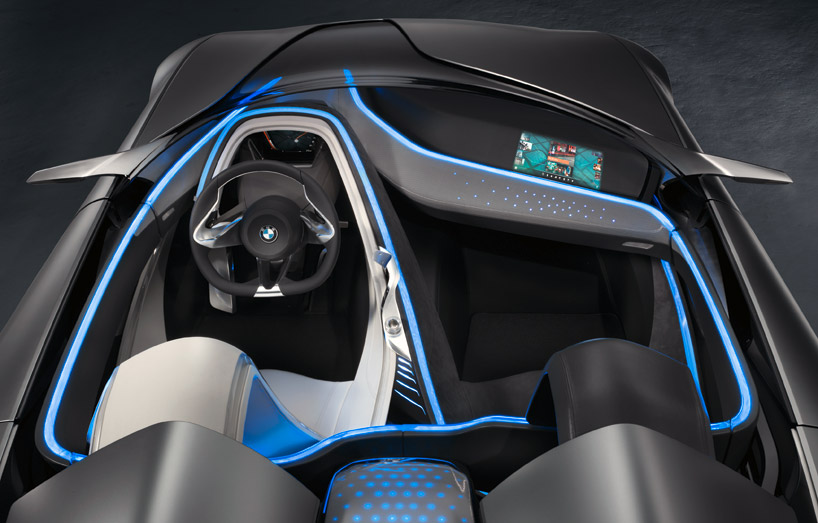 fibre optic strands outline elements of the interior
fibre optic strands outline elements of the interior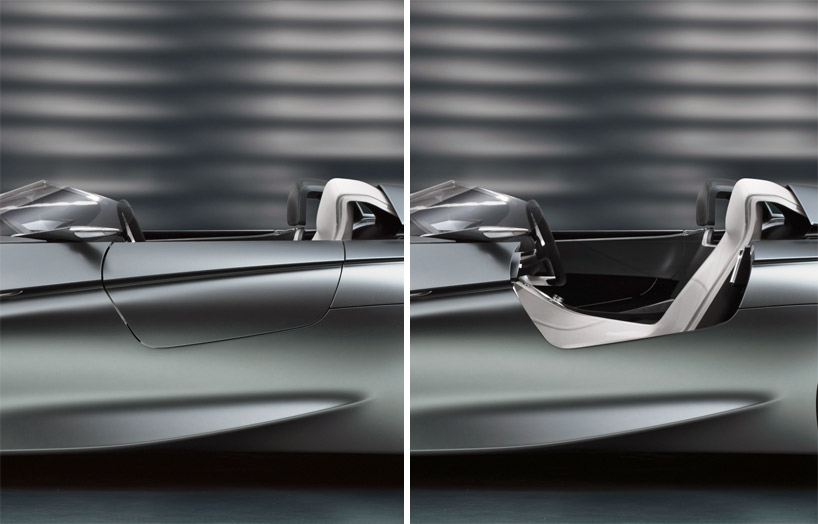 the side doors slide into the car’s body, enabling the ‘vision connected drive’ to be driven with the doors open
the side doors slide into the car’s body, enabling the ‘vision connected drive’ to be driven with the doors open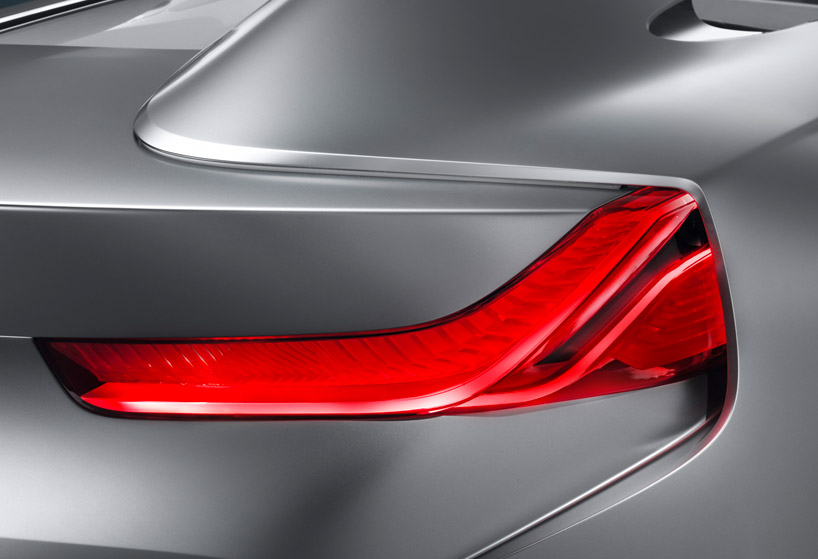 detail on taillight
detail on taillight